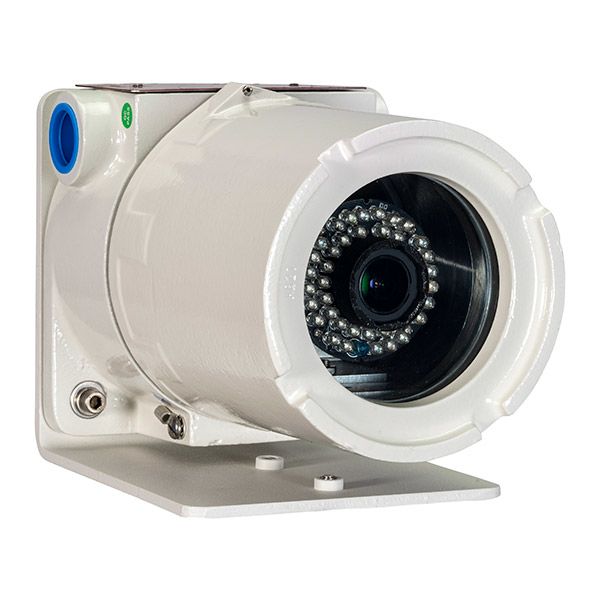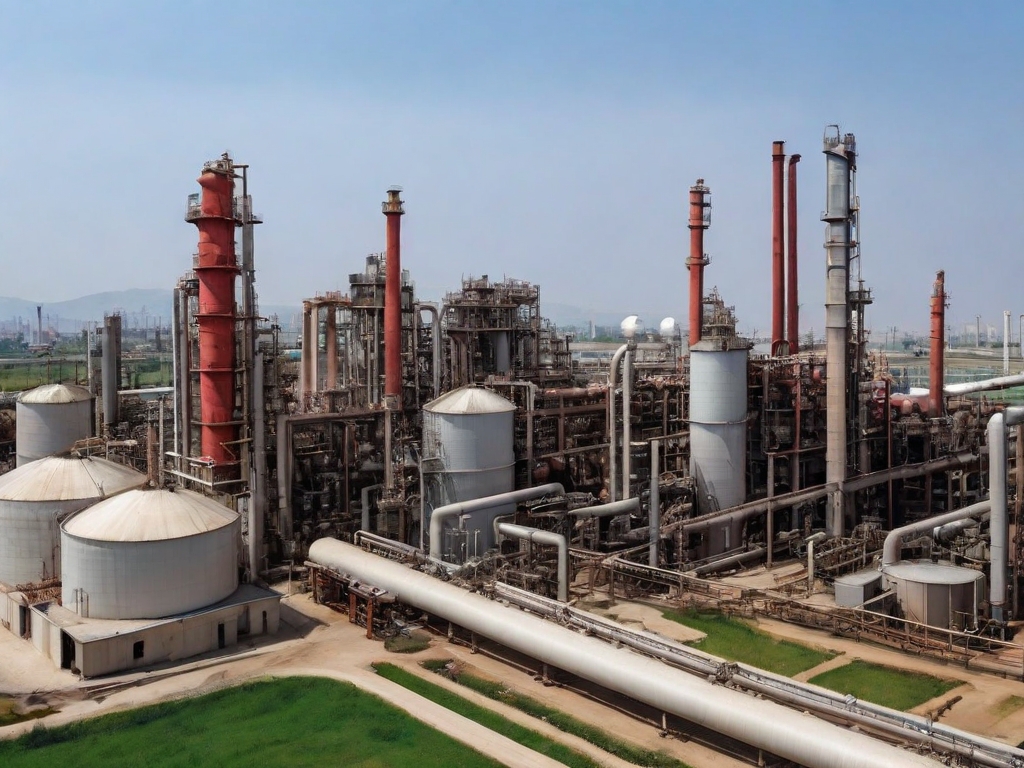As industries continue to evolve, the need for safety in hazardous environments has become a top priority. This is where companies like the Intrinsically Safe Store come into play, providing essential safety equipment like intrinsically safe cameras. These cameras are designed to operate safely in potentially explosive environments, reducing the risk of ignition and subsequent accidents. But how do these cameras impact insurance and liability in these hazardous areas? Let’s delve into this topic.
The Role of Intrinsically Safe Cameras
Designers create intrinsically safe cameras to prevent the ignition of flammable gases or dust in hazardous environments. They limit the electrical and thermal energy to levels below what is required to ignite a specific hazardous atmospheric mixture to achieve this. This makes them an essential tool in industries such as oil and gas, mining, chemical manufacturing, and more.
Reducing Insurance Premiums
One of the significant impacts of using intrinsically safe cameras is the potential reduction in insurance premiums. Insurance companies often base their premiums on the level of risk associated with a particular business operation. By using IS cameras, businesses can demonstrate a commitment to safety, potentially leading to lower insurance premiums.
Limiting Liability
Another critical aspect to consider is the role of these cameras in limiting liability. In the event of an accident, businesses can face significant legal and financial repercussions. However, by using intrinsically safe cameras, businesses can provide evidence of their commitment to safety, potentially reducing their liability in the event of an accident.
Case Study: The Impact of IS Cameras
Consider the case of a chemical manufacturing plant that implemented the use of IS cameras. The plant was located in an area prone to explosive atmospheres, and the risk of ignition was high. By implementing these cameras, the plant was able to significantly reduce the risk of ignition, leading to a safer working environment. As a result, the plant saw a reduction in their insurance premiums and a decrease in potential liability.

Safety Pays: Benefits of IS Cameras
In conclusion, IS cameras play a crucial role in reducing risk, insurance premiums, and potential liability in hazardous areas. They demonstrate a commitment to safety, which can have significant financial and legal benefits for businesses operating in these environments. If you’re interested in learning more about intrinsically safe cameras and other safety equipment, visit the Intrinsically Safe Store or contact us for more information.


























